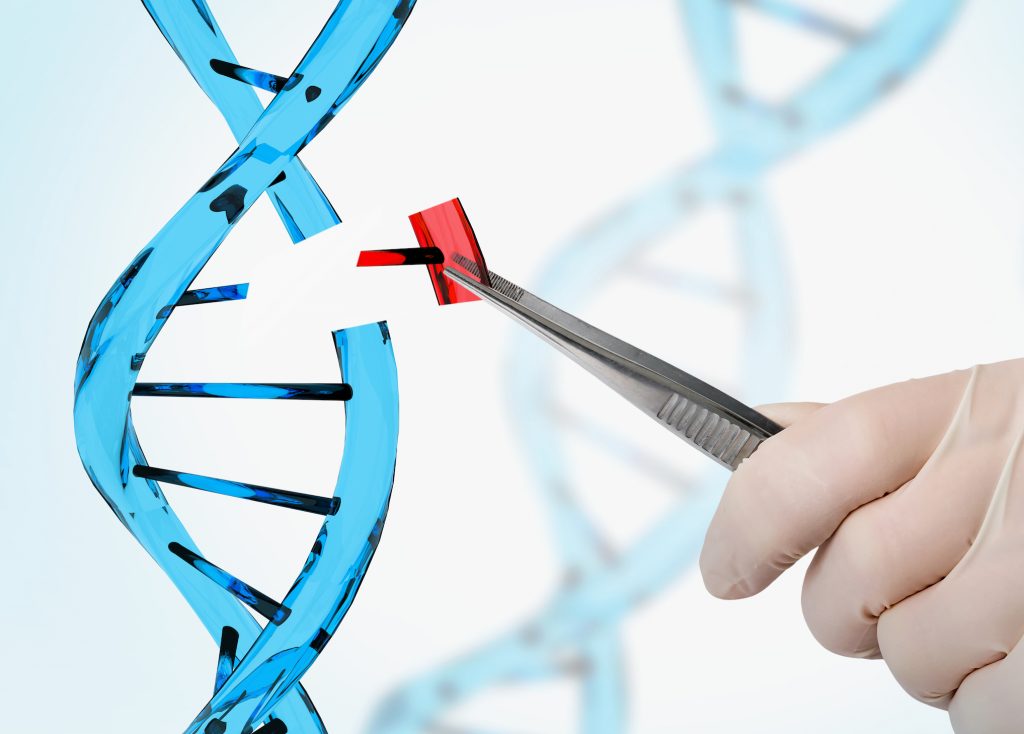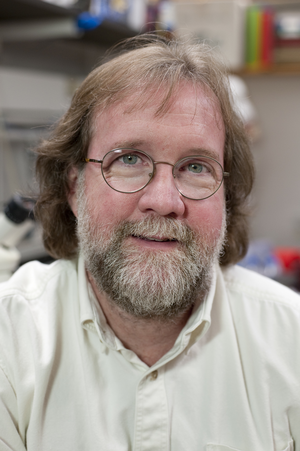Many people turn to the Internet to find a Mr. or Ms. Right. But lemurs don’t have to cyberstalk potential love interests to find a good match — they just give them a sniff.
A study of lemur scents finds that an individual’s distinctive body odor reflects genetic differences in their immune system, and that other lemurs can detect these differences by smell.
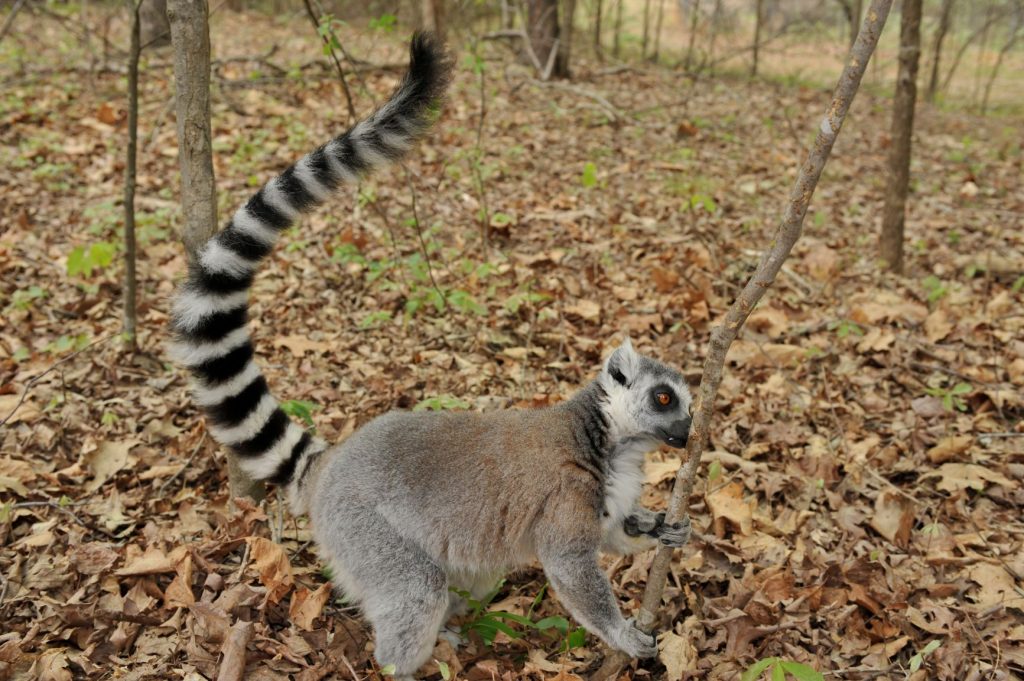
From just one whiff, these primates are able to tell which prospective partners have immune genes different from their own. The ability to sniff out mates with different immune genes could make their offspring’s immune systems more diverse and able to fight more pathogens, said first author Kathleen Grogan, who did the research while working on her Ph.D. with professor Christine Drea at Duke University.
The results appeared online August 22 in the journal BMC Evolutionary Biology.
Lemurs advertise their presence by scent marking — rubbing stinky glands against trees to broadcast information about their sex, kin, and whether they are ready to mate.

For the study, Grogan, Drea and colleagues collected scent secretions from roughly 60 lemurs at the Duke Lemur Center, the Indianapolis Zoo, and the Cincinnati Zoo. The team used a technique called gas chromatography-mass spectrometry to tease out the hundreds of compounds that make up each animal’s signature scent.
They also analyzed the lemurs’ DNA, looking for differences within a cluster of genes called MHC that help trigger the body’s defenses against foreign invaders such as bacteria and viruses.
Their tests reveal that the chemical cocktail lemurs emit varies depending on which MHC types they carry.
To see if potential mates can smell the difference, the researchers presented lemurs with pairs of wooden rods smeared with the bodily secretions of two unfamiliar mates and observed their responses. Within seconds, the animals were drawn to the smells wafting from the rods, engaging in a frenzy of licking, sniffing, or rubbing their own scents on top.
In 300 trials, the team found that females paid more attention to the scents of males whose immune genes differed from their own.
MHC genes code for proteins that help the immune system recognize foreign invaders and distinguish “friend” from “foe.” Since different genetic versions respond to different sets of foreign substances, Grogan said, sniffing out genetically dissimilar mates produces offspring more capable of fighting a broad range of pathogens.
Just because females spent more time checking out the scents of dissimilar males doesn’t necessarily make them more likely to have kids together, Grogan said. Moving forward, she and her colleagues plan to use maternity and paternity DNA test results from wild lemurs living in Beza Mahafaly Reserve in Madagascar to see if lemur couples are more different in their MHC type than would be expected by chance.
Similar results have been found in humans, but this is the first time the ability to sniff out partners based on their immune genes has been shown in such distant primate kin, said Grogan, who is currently a postdoctoral fellow at Pennsylvania State University.
“Growing evidence suggests that primates rely on olfactory cues way more than we thought they did,” Grogan said. “It’s possible that all primates can do this.”
This research was supported by the National Science Foundation (BCS #0409367, IOS #0719003), the National Institutes of Health (F32 GM123634–01), and the Duke University Center for Science Education.
CITATION: “Genetic Variation at MHC class II Loci Influences Both Olfactory Signals and Scent Discrimination in Ring-Tailed Lemurs,” Kathleen E. Grogan, Rachel L. Harris, Marylène Boulet, and Christine M. Drea. BMC Evolutionary Biology, August 22, 2019. DOI: 10.1186/s12862-019-1486-0
 Post by Robin A. Smith
Post by Robin A. Smith







 Post by Brian Du
Post by Brian Du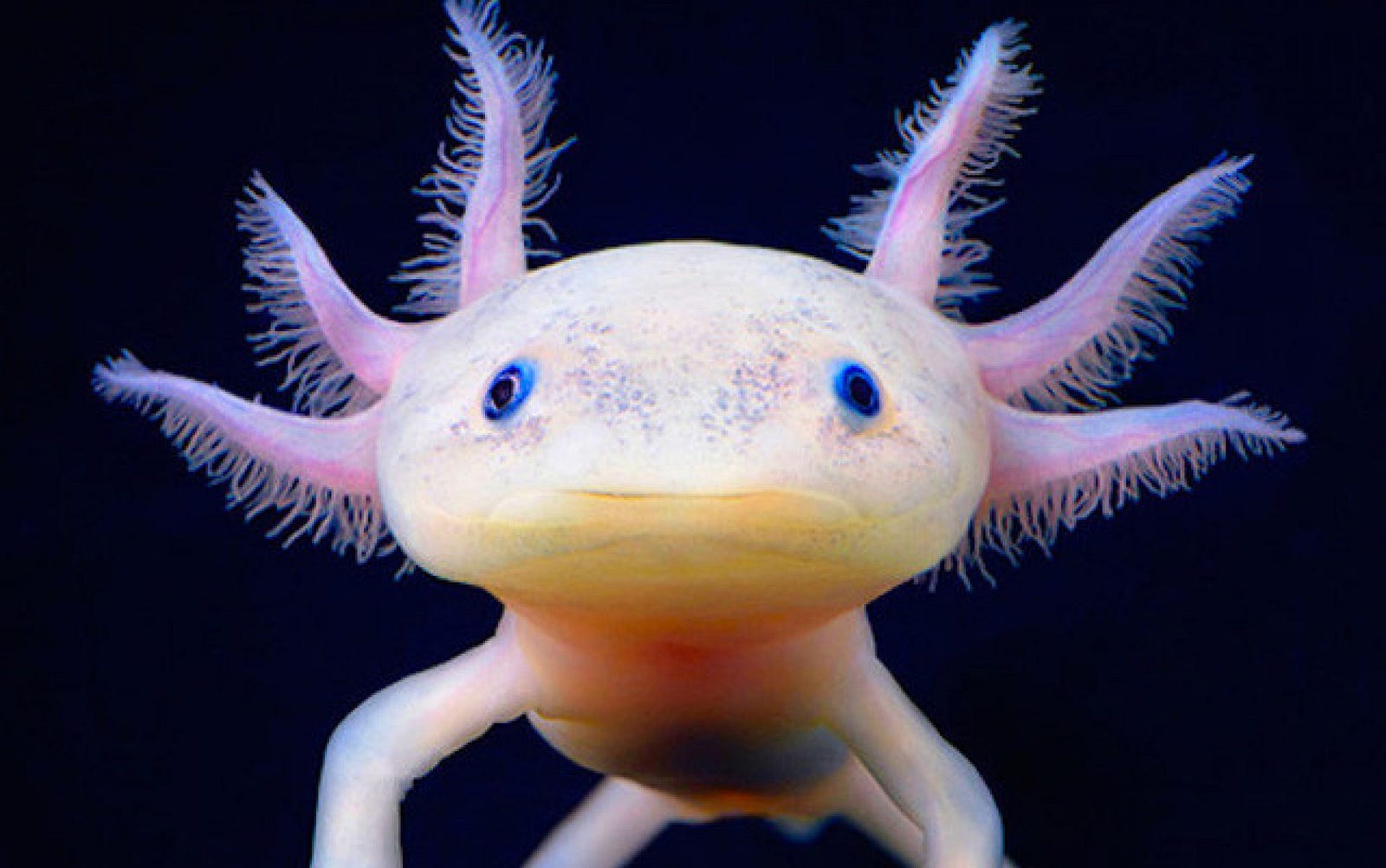
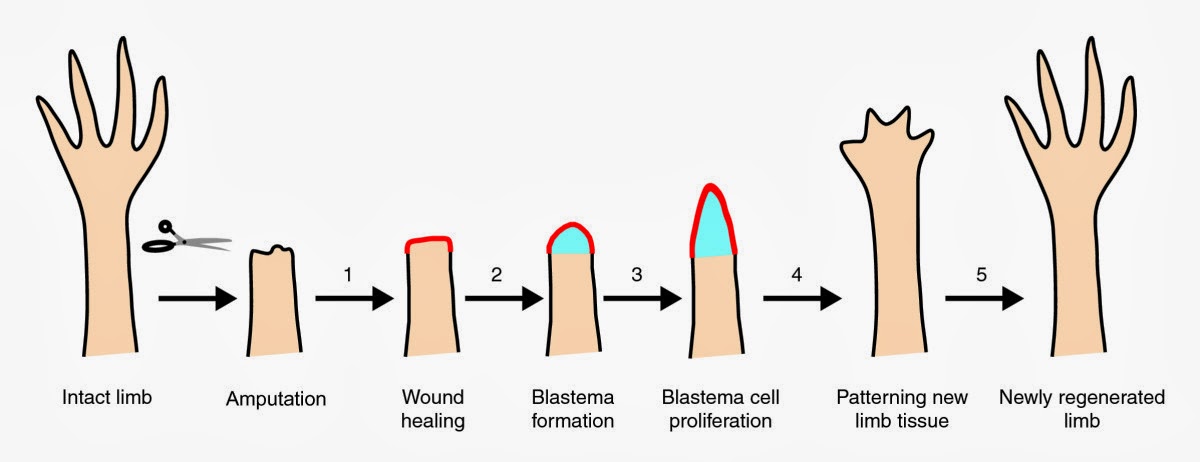






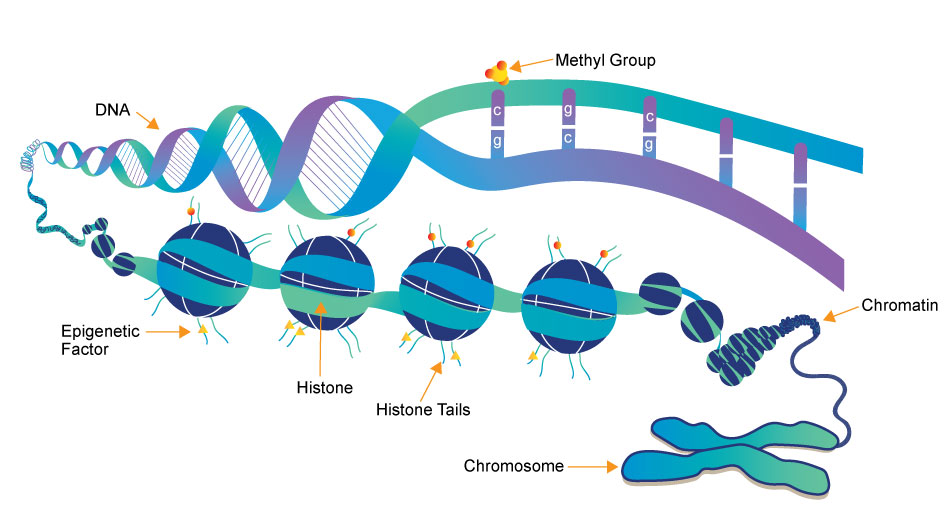




/cdn.vox-cdn.com/uploads/chorus_image/image/62603270/AP_18332234595077.0.jpg)
